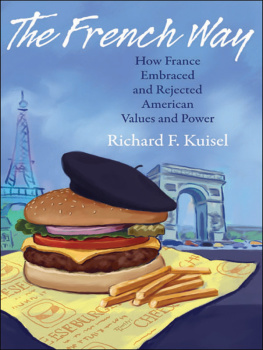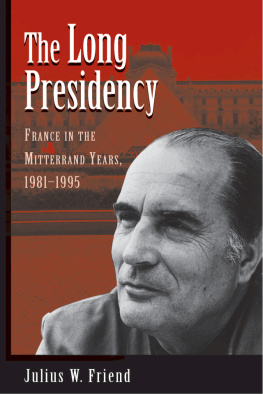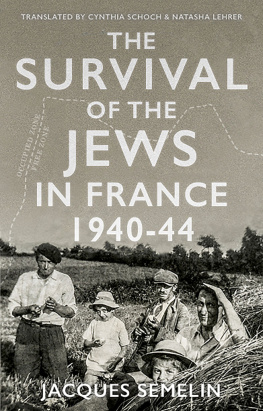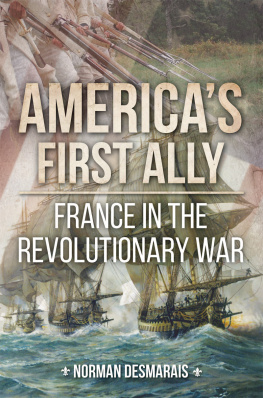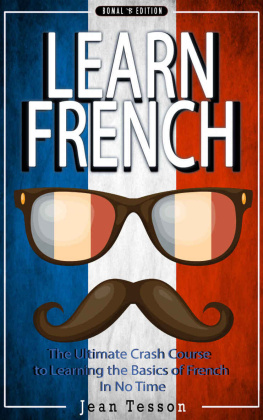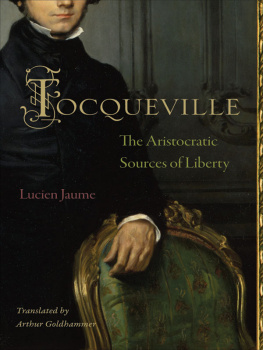Acknowledgments

I am most grateful to those who read all or parts of my manuscript and made recommendations for improvements. My helpful and generous consultants were Frederic Bozo, John Kim Munholland, Janick Marina Schaufelbuehl, David Ellwood, Sophie Meunier, and Robert Harvey, as well as the two anonymous readers for Princeton University Press. Other forms of scholarly assistance came from Helene Volat, Paul Gallis, Seth Armus, Harvey Feigenbaum, Sherrill Wells, Donald Lamm, Martin Schain, Justin Vai'sse, Philip Mooney, Erin Carriere-Kretschmer, and Mary Demeri. This work owes much to the rich intellectual environment that combines policy and history created by the BMW Center for German and European Studies and the History Department at Georgetown University. The BMW Center and its director, Jeff Anderson, also provided me with resourceful and dependable research assistantsnamely, Efthymia Drolapas, Chantal Clement, Kristin Melby, Stacey Chappel, and Marie Harding. Brigitta van Rheinberg, Sara Lerner, Sarah Wolf, and Brian Bendlin at Princeton University Press paid close attention to my manuscript and made important contributions.
Most of all I want to express my personal debt to my late wife, Sally McCarthy Kuisel, to whom this book is a tribute. Sally, who was an artist and an archivist, encouraged my scholarship, but, more important, she made both of our lives joyful and fulfilling. Her remarkable esprit merits memorializing, and to evoke it I propose one of her favorite pieces of music, Franz schubert's Trout Quintet, which expresses her warmth, optimism, vivacity, and beauty. As my grandson said of Sally, she sparkled.
Washington, D.c., March 2011
A Note on Anti-Americanism

For readers who are scrupulous about terminology I shall at the outset define the elusive term anti-Americanism and explain how the expression will be used. scholars who have faced the definitional question tend either to emphasize intellectuals, political extremists, and discourse or they stress the general public and polls. The first conceptualization narrows and hardens the cohort; the second makes it diffuse and volatile. My exposition employs both approaches while noting the distinction.
The restrictive usage conceives of anti-Americanism as a predisposition, a reflex, or a bias that automatically assumes the worst about anything associated with America, in which America appears to have no virtues, only vices. It is metaphorically described as a diseaseand a contagious one at that. It is fueled by a discourse about America dating from the nineteenth century, if not earlier, and it relies on stereotypes, images, tropes, and accusations that belittle everything associated with America and treats America and Americans as malevolent and dangerous. And it is a constant seemingly impervious to events or other developments. Accordingly, America is a dystopia with connotations of rampant consumerism, vulgar mass culture, social conformity, violence, and a will to world dominance. This stance, often labeled anti-amiricanismeprimaire, which could be translated as primary or primitive anti-Americanism, conveys a confrontational intent and
Dystopian anti-Americanism has a right-versus-left inflection though both sides converge on basics. From the right America is a standardized, mass society rooted in materialist values and lacking either true culture or spiritual transcendence; from the left it is a capitalist monstrosity built on inequality, greed, and exploitation and pays no heed to social welfare, community or the environment. Both right and left agree that Americans have always been slaves to the Dollar God and are consumed by consumerism. Both view American society as feminized yet racked by violence. Both regard American culture as akin to trash. Both also see American foreign policy as unreliablevacillating between imperialism and isolationismand driven by moralistic and messianic aspirations as well as economic advantage. Both are disposed toward condemning America for what it is as well as for what it does. Defective policies originate less from flawed political decisions than from who Americans are and what they value.
Once the historian looks beyond the texts of writers and party programs and a hard-core minority and addresses attitudes among the general populace, anti-Americanism takes on a different color: here perceptions and assessments are less reflexive or totalizing; they oscillate and are more responsive to circumstances. There has been a kind of historical pulse as criticism ebbed and flowed, sharpened and softened, that requires understanding how changing contexts explain the dynamics of the phenomenon. The fluctuation of collective attitudes toward America appeared in polling data and the media. Opinion surveys regularly reported a small bloc of the populace that identified it-self as holding strongly unfavorable views of Americans and America; but, in certain circumstances, such views could swell to half or more of the populace. These popular attitudes, unlike those aired by the dystopians, were highly volatile and often policy-specific, subject especially to transatlantic affairs like disputes over politics or trade. When a surge occurred, many of those surveyed attacked not only the U.s. government's policies, but also the shortcomings of American society or Americans. Analytically it is thus difficult to distinguish objections to what America does from what America is because they tend to overlap. At some level what America does, and who it is as a country interactor, at least, are perceived to interact. For example, in the eyes of many French men and women, Ronald Reagan's tough anti-soviet stance in the early years of his presidency or his harsh socioeconomic policies represented who Americans were. Popular surges of antipathy form the second dimension of anti-Americanism alongside the far smaller cohort of dystopians.
The end of the twentieth century is an example of such a surge, when large numbers of the population, prompted by their leaders and the media, not only voiced criticism of American policies but also professed views about Americans that could be termed anti-American. For example, more and more of the French during the 1990s associated America and Americans with disparaging terms like violence, racism, or domination. I shall refer to this phenomenon as growing anti-Americanism with the understanding that this attribution is quite different from that represented by primary anti-Americanism.
In brief, I shall use the term anti-Americanism in two ways: it will occur in its restrictive sense when discussing the dystopians who prejudged and belittled everything attributed to America; but it will also be used more expansively to identify critical attitudes expressed by the general populace of America, of Americans, and of policies, both domestic and international, associated with the United States. In this study the French have often scolded America for acting as a hegemonic power and for taking the wrong path toward modernity. In this way anti-Americanism encompasses both the small minority of reflexive haters as well as mass attitudes and perceptions that censored important aspects of America and its policies.
1.
America a la Mode: The 1980s
America, and much that was associated with America, was in vogue in France during the 1980s. Ralph Lauren fashions, California wines, Hollywood blockbuster movies, and venture capitalists were all chic. One Parisian couturier served McDonald's hamburgers at the opening of his fashion show. The socialist president of France, Francois Mitterrand, paid a visit to California's Silicon Valley and also admitted that he was a fan of the television show

